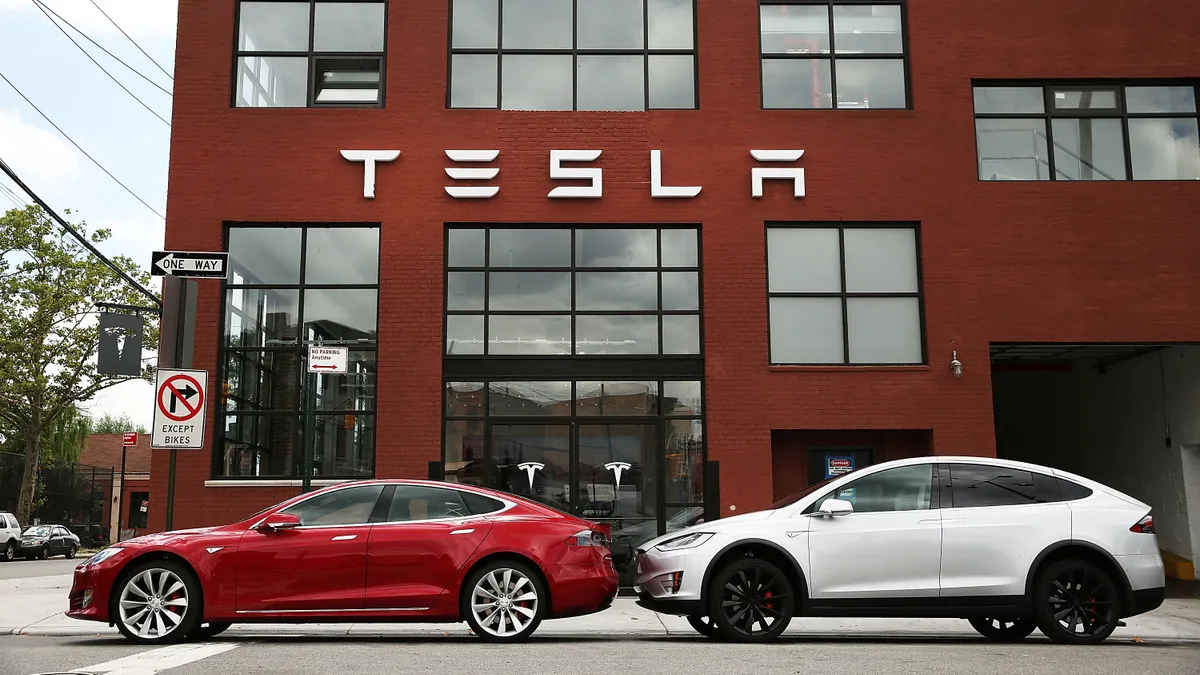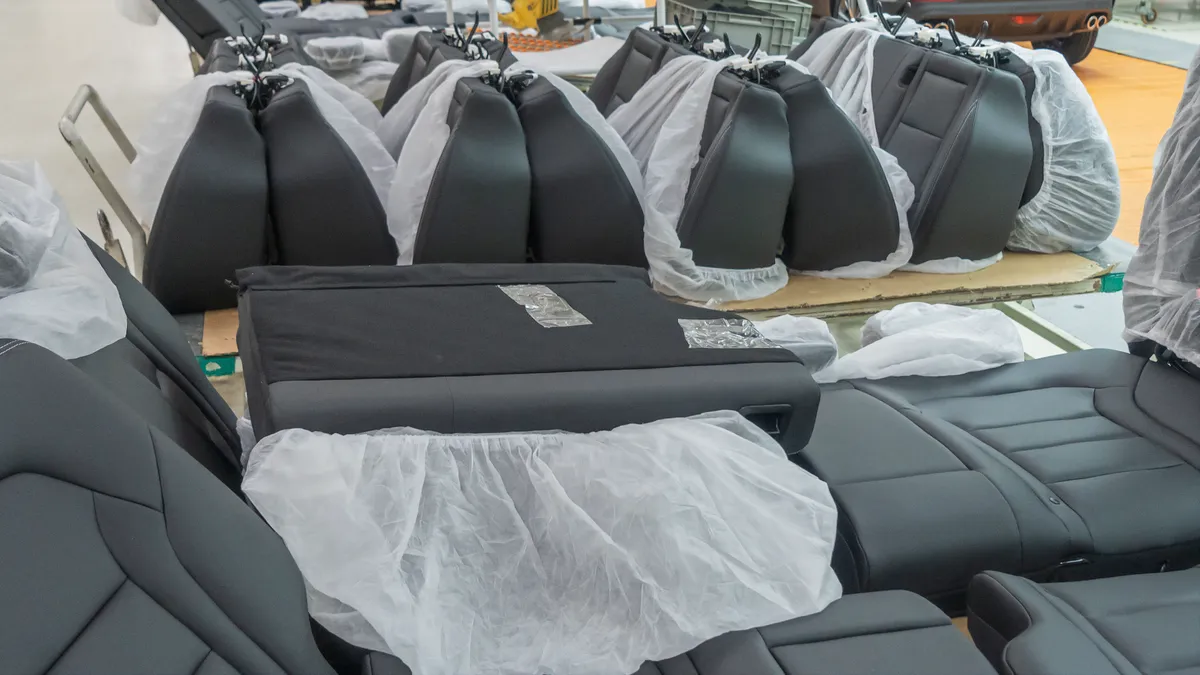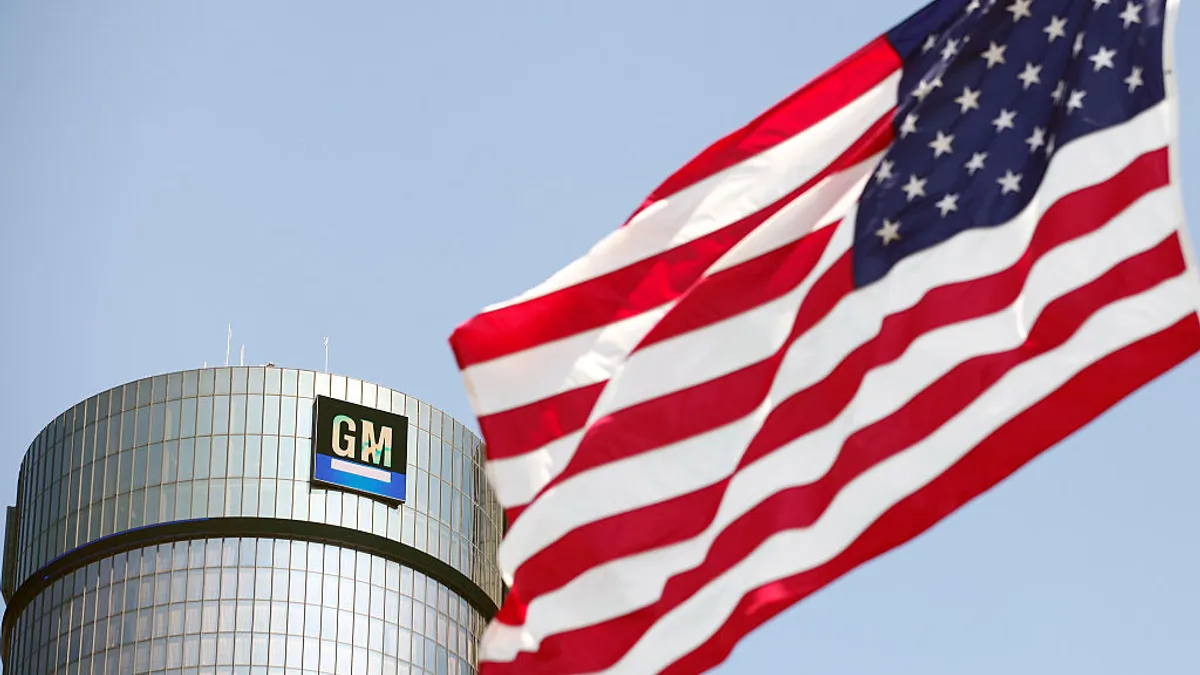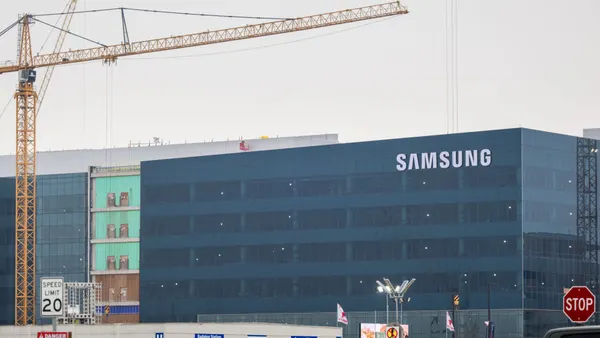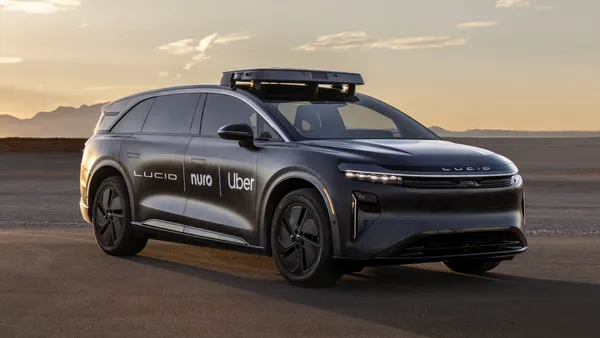Tesla delivered 1.31 million vehicles in 2022, its most ever. The company detailed the year’s results in an earnings call late Wednesday. Estimates suggest its share of the U.S. electric vehicle market declined from 72% of total sales in 2021 to 65% last year. S&P Global Mobility estimates that Tesla’s EV market share will slip to less than 20% by 2025.
The company cut prices this month by nearly 20% for some of its vehicles, resulting in a flood of new orders. CEO Elon Musk said “demand far exceeds production” and that the company is “seeing orders at almost twice the rate of production.”
But governments at all levels have shown concern about Tesla’s so-called Autopilot and Full Self-Driving Beta systems, which are now deployed to some 400,000 customers in North America. Despite the names, these are considered Level 2 systems, which require the driver to always remain in control.
In November, a Tesla Model S braked suddenly on the San Francisco–Oakland Bay Bridge, leading to an eight-car pileup with multiple injuries. More than a year earlier, San Francisco had expressed concerns about Tesla’s driver assistance systems.
The California Department of Motor Vehicles has accused Tesla of false advertising regarding its Autopilot and FSD systems. In December, California passed legislation that effectively bans Tesla and other automakers from advertising technologies as self-driving when they still require a human driver to be in control.
At the federal level, the National Highway Traffic Safety Administration is investigating 830,000 Tesla vehicles equipped with the Autopilot driver assistance system.
On the earnings call, Musk said, “We would not have released the FSD Beta if the safety statistics were not excellent.”
Musk also said the long-awaited Cybertruck would go into production “maybe sometime this summer,” with full production in 2024.
Tesla also intends to invest $3.6 billion to expand battery-cell manufacturing in Nevada and assemble its forthcoming electric Semi truck.



